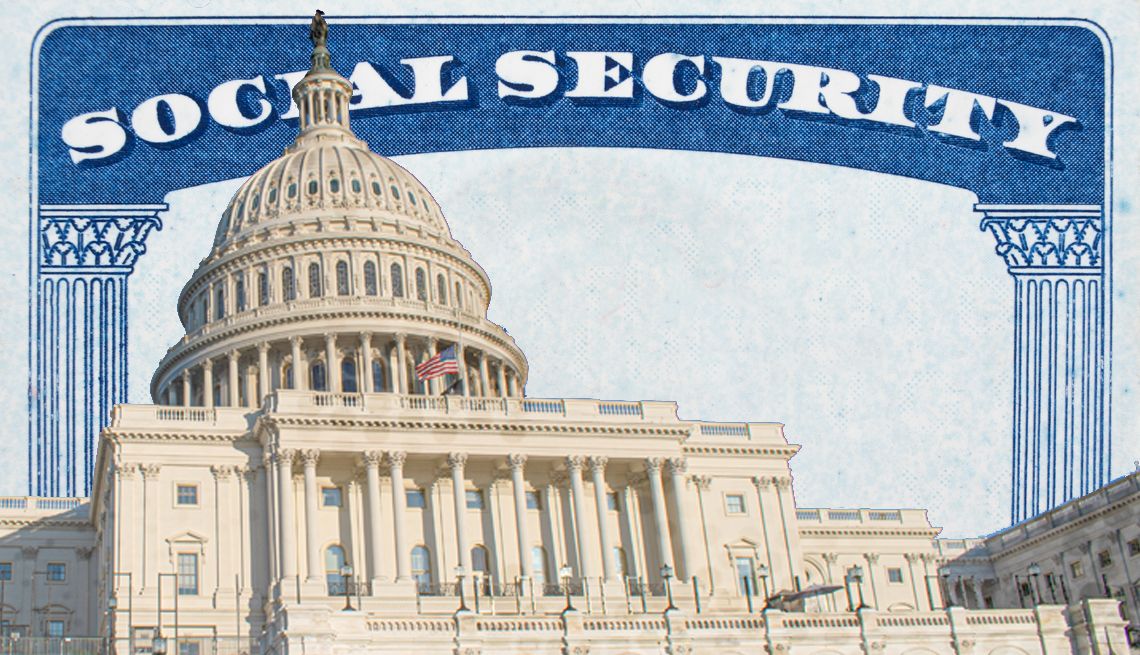AARP Eye Center
Unpaid Student Loans May Impoverish Older Americans
By Eileen Ambrose, September 10, 2014 04:28 PM
Though a small percentage of older Americans carry student loans, those who do are incurring this debt faster, have a higher default rate and, as a result, can find themselves living in poverty in retirement, according to a new report from the U.S. Government Accountability Office.

While older citizens are more burdened by mortgages, auto loans and credit-card debt, student loans among this age group are a growing concern. And unlike young borrowers who have many working years ahead of them to repay, older borrowers may be near retirement or already retired, making keeping up with payments difficult. Plus, student loans generally can’t be erased through bankruptcy.
It’s an issue that’s not likely to go away anytime soon.
>> 10 Money Wasters
“The median amount of education debt is rising for most age groups,” says Lori Trawinski, director of banking and finance for the AARP Public Policy Institute. “We expect that trend to continue and that people over 50 will carry education debt as they age and the amount of that debt will also likely continue to increase.”
Student loans, and the GAO’s findings, were the subject of a hearing today before the U.S. Senate Special Committee on Aging.
In testimony before the committee, the GAO reported that about 706,000 households – or 3 percent of households age 65 and older – carry education debt. In comparison, 22 million households made up of those under age 65 shoulder college loans.
The amount of education debt among older and younger borrowers is not too far apart, the GAO found. The median debt for those 65 and up was $12,000, compared with $13,000 for younger debtors.
However, debt levels have grown much faster for older people. While overall federal student debt more than doubled from 2005 to 2013 to top $1 trillion, borrowers ages 65 and up increased their education debt by more than seven times in that period to $18.2 billion last year, the GAO said.
Some older borrowers take out loans to help a child or grandchild. Yet among those 65 and up, more than 80 percent of federal student debt was incurred for their own education, the GAO found.
>> Sign up for the AARP Money newsletter
Defaults on federal loans were far higher among older borrowers, too.
Twelve percent of borrowers under 50 were in default as of last year, representing 13.7 million loans, the GAO reported. In comparison, 27 percent of borrowers ages 65 to 74 had defaulted on 403,519 loans, while more than half of borrowers ages 75 and older defaulted on 141,157 loans.
Those who miss a payment on a federal loan generally have more than a year to make things right or negotiate new terms. After 14 months of no payments, the government may take steps to collect its due, including garnishing wages, keeping tax refunds or reducing Social Security benefits.
On Social Security benefits, the government can retain whichever is less: 15 percent of the total monthly benefit or any amount over $750 that you receive each month.
This formula, adopted in the late 1990s, has not been indexed for inflation, although poverty income limits have been rising. As a result, some older borrowers who have seen a reduction in Social Security find that their remaining benefits put them below the poverty threshold, the GAO said.
William Leith, chief business operations officer for federal student aid within the Department of Education, testified before the Senate committee about resources available to troubled borrowers. A government website provides information on repayment plans and calculators to understand the impact of the debt people take on, he said. The Education Department also can help borrowers in default, he said.
Senators also heard from Rosemary Anderson, a 57-year-old who borrowed money in her thirties to go back to school to improve her chances of finding a better job.
After a series of setbacks, including an illness and a divorce that made it difficult to repay her loans, Anderson said, her debt rose from $64,000 to more than $126,000. She says the Education Department’s programs to help borrowers have not worked out for her.
>> Get discounts on financial services with your AARP Member Advantages.
“I will be indebted for life, and my growing concern is that when I reach the age to take Social Security, a sizable portion of my check will be garnished to pay off that money,” she told the committee.
Photo: Cogal/Istock
Also of Interest
- Financial Aid for Seniors Going Back to School
- 5 Part-Time Jobs for Retirees
- Get Involved: Learn How You Can Give Back
- Join AARP: Savings, resources and news for your well-being
See the AARP home page for deals, savings tips, trivia and more

















)













































